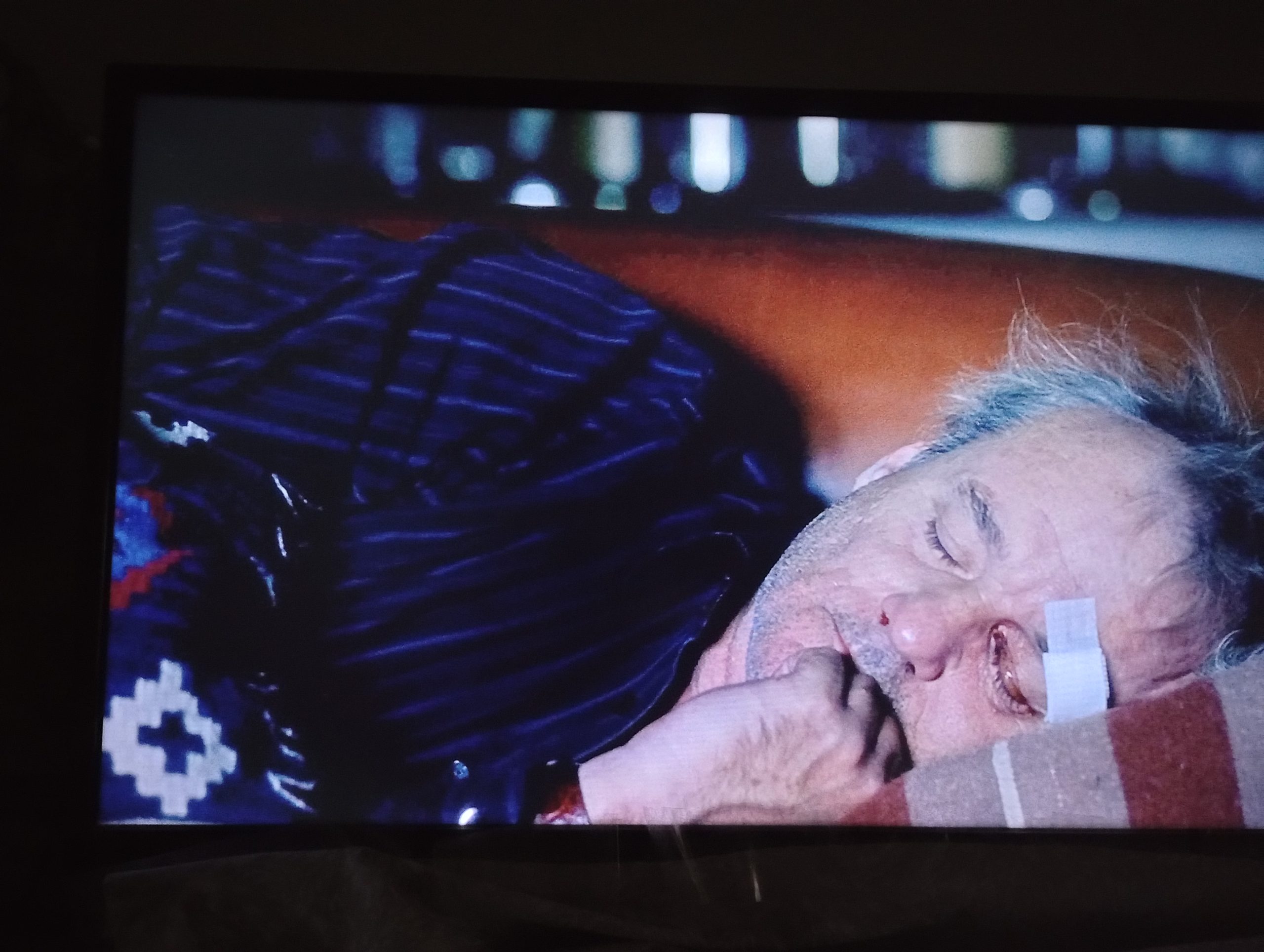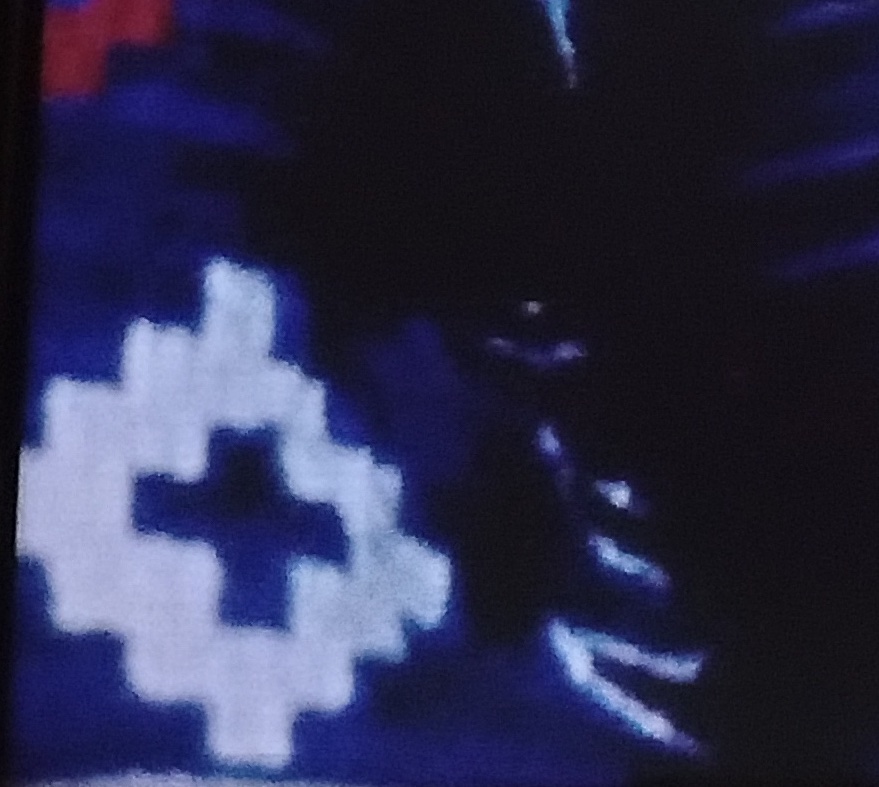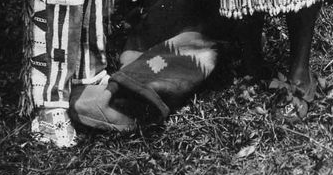How Courtney Love writes songs
I increasingly think that Courtney Love writes songs in an intentionally deceptive manner, and that this is especially true of everything she’s done since, and including, Live Through This. The reason is that she’s hiding her involvement with some massive crimes, including the murder of Kurt Cobain and the murder of Chris Newman, and of course, she’s now after me and my daughter.
Courtney constructs elaborate scenes to in which you can drown. She makes you think she’s talking about something, or to someone, when she’s actually talking to someone else, or about something else. She uses a lot of vague “he, she, you” where it’s difficult if not impossible to figure out who she’s talking about. Maybe if you have specialized inside knowledge you can figure it out – I usually can’t figure it out – or I figure it wrong.
I have said that Courtney Love was a honeytrap. As far as I know, Chris Newman was the first person she tried to honeytrap. She was, at the time, only sixteen, so I imagine she had been put up to it, at least in part by her father, who is the person who provided her with the LSD that she came equipped with. He in turn was likely working with another entity which was probably CIA and music business. She later honeytrapped Kurt Cobain.
When I ran into the Hole song “Honey” I didn’t know anything about honeytraps outside of maybe seeing a very superficial version of attempted honeytrapping in James Bond movies. It wasn’t something I would expect would happen to me or anyone around me. In any case, I listened to the album Nobody’s Daughter when it came out in 2010, a year after Chris and I got together, and then moved on – but later, after I began to see the parallel patterns between Nirvana and Napalm Beach, specifically Cobain’s adaptation of Chris’ early 1980s equipment set up and also the way the bands seemed to follow each other’s live performances in Europe (a pattern that I now see also happened in Seattle and Portland) – I started to look more closely at a lot of things, like Cobain’s lyrics “I’m a liar and a thief,” for example – and I started to see evidence that Cobain was extremely troubled by the way that Chris was being cheated, stolen from, and lied to.
Once Chris and I got together, and as we began to recover Chris’ catalog, and especially as Chris worked toward freeing himself from heroin addiction, Courtney Love no doubt knew that one or both of us would eventually detect this pattern, and that it could result in legal actions involving Nirvana.
I’m not sure how long the whole scenario had been planned out, but it seems like Courtney Love had been laying the groundwork for a profound deception going back years. She had Chris believing that she had a huge teenage crush on him, that she wanted him to be “her first” lover. She had written him letters from Europe. She had told him at a party, in front of a number of people “I would have married you Chris Newman!” And after appearing on the cover of Rolling Stone, she greeted him from onstage at La Luna. So Chris had no reason to suspect she held any ill will toward him.
Anyway, after discovering this bizarre pattern with Nirvana and Napalm Beach, I ran into a video of Courtney performing this song “Honey” live on the radio, and I felt that it was a “message to Chris.” What I really felt was that she was drawing a parallel in the song between Kurt Cobain and Chris Newman, and assumed that if Cobain had been troubled by the situation around Chris, she too would have been troubled by it, being as she seemed to care about Chris. And that the reason she didn’t reach out to Chris was because she and everyone was being prevented from speaking freely, or associating freely with Chris and me.
I thought these things because I was missing some key pieces of information.
The first key bit of information I was missing was that Courtney was not an innocent teenager who wandered randomly into a scene and somehow ended up living in the Napalm Beach band house. Courtney Love was actually a honeytrap, both with Newman and Cobain. That fact alone changes everything, especially if you also accept the idea that Courtney Love’s job was to destroy both Cobain and Newman. And that is what I think the truth is.
Once again, at age sixteen, she may not have had full agency – but she continued to make choices along the same lines.
Courtney Love is not just a honey trap but she seems to be a manipulator or “gruber” of finance, meaning she moves money around to get things done, including assassinations. This is achieved by concocting fake files with the FBI and CIA.
The song “honey” was itself a trap.



